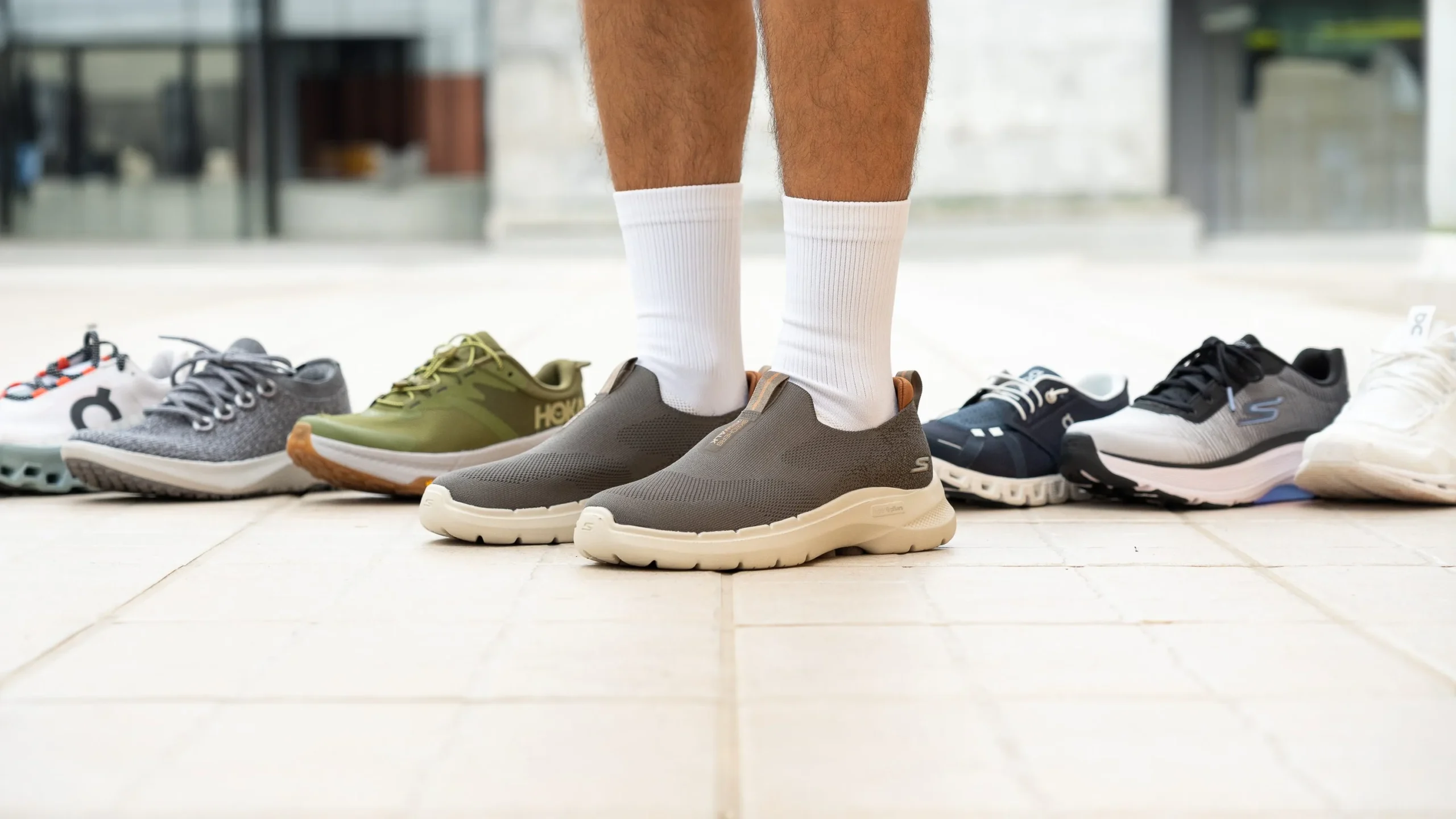Finding All-Day Comfort Through the Right Footwear Choices

Experts often recommend a good shoe for foot health. It should fit well and be protective. Poorly fitting shoes can cause discomfort, and instability, and even lead to long-term foot issues. It is recommended by podiatrist cypress to measure both length and width and noting arch height for the most supportive fit. Trying on shoes in the afternoon, when feet may swell, and with the intended socks, ensures better sizing. Width is key, as too narrow a shoe can cause pain while a loose fit may compromise stability. Prioritizing these elements leads to finding stylish, supportive footwear, making it a wise investment in foot health.
Select Arch Support
The arch plays a crucial role in distributing body weight and absorbing shock. Choosing shoes with the right arch support helps foot health. It should match the arches: high, low, or neutral. High arches strain the heel and ball of the foot. Flat feet roll inward, hurting the foot. Shoes with arch support and a firm heel cradle the foot. Try them on in the afternoon. Custom insoles can ease foot pain. They do this by redistributing pressure. Knowing the arch type and using the right support can boost comfort and foot health.
Choose Quality Material
Shoe material matters for both comfort and foot health. Breathable materials like mesh and leather help keep feet dry and reduce odor buildup, which is essential. Water-resistant materials, like Gore-Tex, reliably protect feet from wet weather. Flexible, cushioning materials like EVA foam provide important support to the foot’s natural movement. Always choose the right material for the activity, climate, and specific foot shape to ensure lasting comfort and health.
Consider Heel Height
Heel height, though sometimes overlooked, profoundly affects posture, foot health, and comfort. High heels may elongate the legs and look sophisticated. But they also strain the back, knees, and feet. They raise the risk of bunions and hammertoes due to altered gait and forefoot pressure. Mid-height heels are stylish but may be uncomfortable if worn too long. Low heels are best for daily wear. They promote better posture and reduce joint pain by keeping the foot in a natural position. This makes them comfortable for all-day use. Choose heels based on the occasion. Flats or low heels suit daily wear. Mid-heels work for the office and special events. High heels are for formal settings but should be worn sparingly. Wearing low-heeled shoes with arch support and a good fit helps. They improve posture and balance, preventing foot and joint problems.

